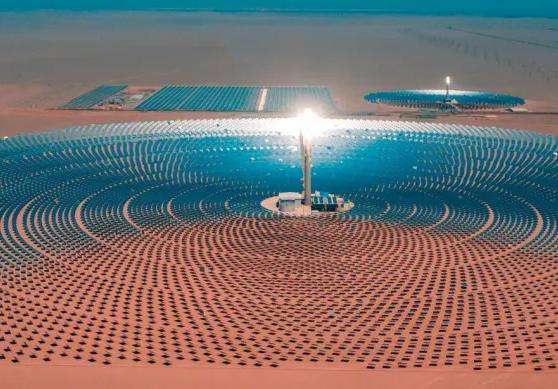Yes
Motors and generators are inherently reversible.
A generator uses a steam turbine to drive a rotor. A magnetic field is established on the rotor by the excitation current. the rotor turns, the stator coils cut the magnetic field to generate current. The motor uses current to create a rotating magnetic field on the stator, which then cooperates with the fixed magnetic field of the stator to drive the rotor. rotate.
Motors and generators are inherently electric and magnetic. Conversion operations can be changed with each other. However, when changing, there will be a phase angle (motor to generator) or speed (generator to motor). problem, which must be compensated by other measures.
In the past, people in rural areas often used diesel engines to drive the engine rotor, and then connected the load to the stator. accident in a power plant that used the engine as a generator called reverse power transmission. If the wrong load switch is turned on when the generator does not start producing electricity, electricity from the grid will be sent to the generator. transforms into a motor to rotate.
Original, this cannot be modified. The principle is as follows:
1. In the electric fan there is no permanent magnet. electric energy in a magnetic field through a coil, then a live coil rotates under the action of this magnetic field to become the motor of the electric fan;
2. The generator requires a permanent magnet. If the stator of a generator is made of permanent magnets, when the rotor rotates in this magnetic field environment, a current will be generated.
So, if the owner wants to retrofit a wind turbine with an electric fan, he must directlynt replace the engine with a generator. The wind then blows across the fan blades to drive the generator and produce electricity. It is still difficult to transform an electric motor into a generator.
It's just hand to hand combat, give me points.














